Stratospheric ozone monitoring
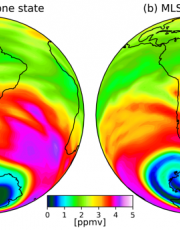
In order to prove the scientific potential of the ALTIUS measurements, we simulated ALTIUS data and measured how they could constraint a model of the ozone layer.
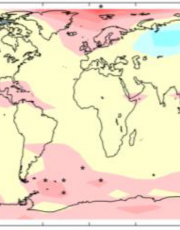
Community-wide assessment confirms the long-awaited slow rise of ozone in the upper stratosphere. In the lower stratosphere declining ozone levels are still the subject of heated debates.
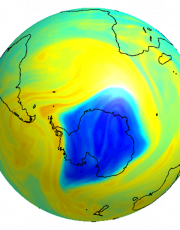
In 2019 the Antarctic ozone hole was exceptionally weak; in 2020 it was exceptionally strong; and an ozone hole appeared above the Arctic.
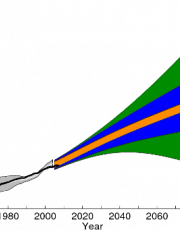
Climate change impacts the whole atmosphere, from the surface to the thermosphere. The changing temperatures and wind fields in the stratosphere will influence the rate of recovery of the ozone layer.

Stratospheric ozone concentrations are slowly rising again. The confirmation of this long-standing prediction was made possible by researchers at BIRA-IASB who initiated and coordinated the international community-wide activity.
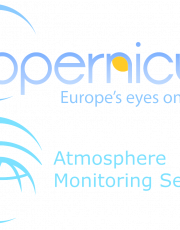
The Copernicus Atmosphere Monitoring Service (CAMS) provides near real-time data for air quality and the ozone layer, both globally and with a focus on Europe. BIRA-IASB is contributing through product validation and model development.
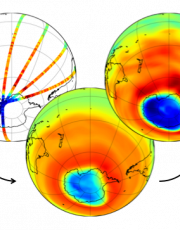
BIRA-IASB is developing a data assimilation system dedicated to stratospheric composition. It combines local observations with the global view of a model to provide global analyses of the stratosphere.
